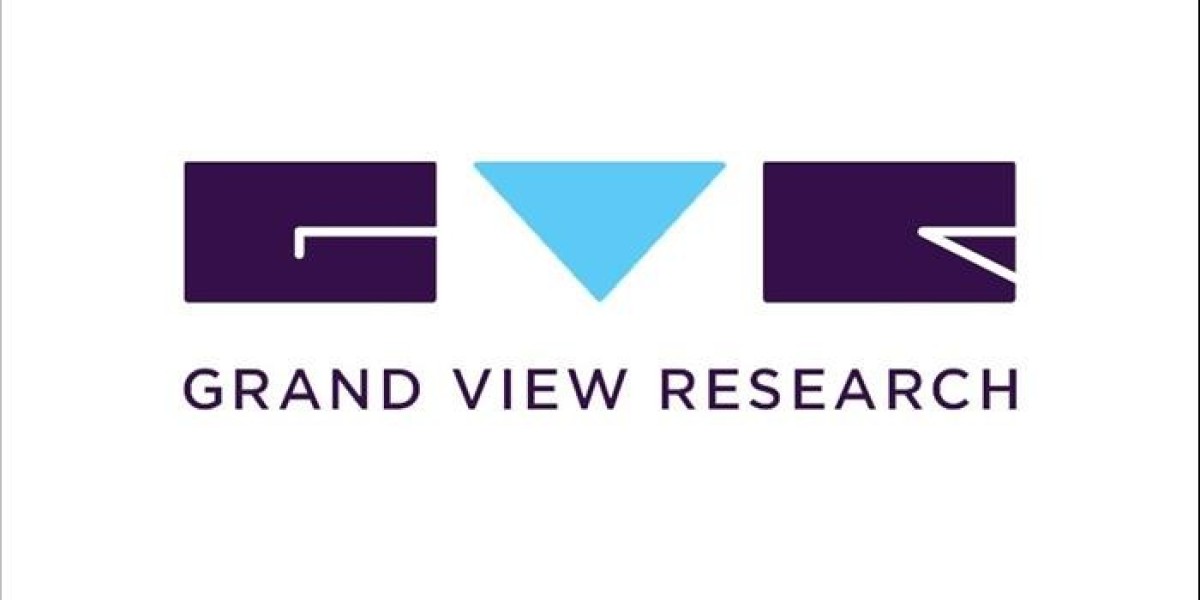Corporate Cards Procurement Intelligence
The corporate cards category is expected to grow at a CAGR of 7.3% from 2023 to 2030.
There is a high degree of acceptance of corporate cards by merchants in developing countries. The rise in merchant acceptance is driven by the convenience of accepting payments through widely used network providers like Visa, MasterCard, Amex, etc. Additional factors driving industry growth include the switch to non-cash payments for better payment visibility, management, and working capital optimization as well as the development of flexible laws to reduce interchange costs. The European region accounts for the largest category share due to rising business trip costs and a growing preference for digital payment methods among businesses in this region.
Order your copy of the Corporate Cards category procurement intelligence report 2023-2030, published by Grand View Research, to get more details regarding day one, quick wins, portfolio analysis, key negotiation strategies of key suppliers, and low-cost/best-cost sourcing analysis
Corporate Cards Procurement Intelligence Report Scope
The Corporate Cards category is expected to have pricing growth outlook of 4% - 7% (Annually) from 2023 to 2030, with below pricing models.
- Tiered and flat rate pricing models
Supplier Selection Scope of Report
- Cost and pricing
- Past engagements
- Productivity
- Geographical presence
Supplier selection criteria of Report
- By corporate card type (Standard corporate card, Virtual card, Purchasing card)
- Loyalty and reward (cashback, reward points, lounge access)
- Credit limits
- Credit score requirements
- technical specifications
- Operational capabilities
- Regulatory standards
- mandates
- Category innovations
- others
Corporate Cards Procurement Intelligence Report Coverage
Grand View Research will cover the following aspects in the report:
- Market Intelligence along with emerging technology and regulatory landscape
- Market estimates and forecasts from 2022 to 2030
- Growth opportunities, trends, and driver analysis
- Supply chain analysis, supplier analysis with supplier ranking and positioning matrix, supplier’s recent developments
- Porter’s 5 forces
- Pricing and cost analysis, price trends, commodity price forecasting, cost structures, pricing model analysis, supply and demand analysis
- Engagement and operating models, KPI, and SLA elements
- LCC/BCC analysis and negotiation strategies
- Peer benchmarking and product analysis
- Market report in PDF, Excel, and PPT and online dashboard versions
Corporate Cards Procurement Cost and Supplier Intelligence
A well-planned and effective negotiation strategy will be beneficial to provide businesses with better credit card fees and rates. One of the important negotiation strategies is to negotiate card-processing fees. It is crucial to understand the key players involved in finalizing processing fee rates. The banks, the credit card network, and the payment processor negotiate with each other to offset risks and split costs.
The business and the customer have little say in credit card processing fees. Customers and businesses have limited control over credit card processing costs. However, before signing a contract and implementing a processing system, firms might try to negotiate and reduce the processing prices. Firms should request rates and fees that are less expensive than the ones businesses already pay. In fact, businesses need to make continuous requests for cheaper rates from the processing firm, bank, and any cloud software that is being used for online sales.
List of Key Suppliers
- American Express
- Citi
- HSBC
- AirPlus
- Bank of America
- Chase Commercial Banking
- P. Morgan
- Barclays
- Mastercard
- Wells Fargo
Add-on Services provided by Grand View Research Pipeline:
- Should Cost Analysis
Component wise cost break down for better negotiation for the client, highlights the key cost drivers in the market with future price fluctuation for different materials (e.g.: steel, aluminum, etc.) used in the production process
- Rate Benchmarking
Offering cost transparency for different products / services procured by the client. A typical report involves 2-3 case scenarios helping clients to select the best suited engagement with the supplier
- Salary Benchmarking
Determining and forecasting salaries for specific skill set labor to make decision on outsourcing vs in-house.
- Supplier Newsletter
A typical newsletter study by capturing latest information for specific suppliers related to: M&As, technological innovations, expansion, litigations, bankruptcy etc.
Browse through Grand View Research’s collection of procurement intelligence studies:
Enzymes Procurement Intelligence Report, 2023 - 2030 (Revenue Forecast, Supplier Ranking & Matrix, Emerging Technologies, Pricing Models, Cost Structure, Engagement & Operating Model, Competitive Landscape)
Cold Chain Logistics Procurement Intelligence Report, 2023 - 2030 (Revenue Forecast, Supplier Ranking & Matrix, Emerging Technologies, Pricing Models, Cost Structure, Engagement & Operating Model, Competitive Landscape)
Brief about Pipeline by Grand View Research:
A smart and effective supply chain is essential for growth in any organization. Pipeline division at Grand View Research provides detailed insights on every aspect of supply chain, which helps in efficient procurement decisions.
Our services include (not limited to):
- Market Intelligence involving – market size and forecast, growth factors, and driving trends
- Price and Cost Intelligence – pricing models adopted for the category, total cost of ownerships
- Supplier Intelligence – rich insight on supplier landscape, and identifies suppliers who are dominating, emerging, lounging, and specializing
- Sourcing / Procurement Intelligence – best practices followed in the industry, identifying standard KPIs and SLAs, peer analysis, negotiation strategies to be utilized with the suppliers, and best suited countries for sourcing to minimize supply chain disruptions
 " class="wow_main_float_head_img">
" class="wow_main_float_head_img">







